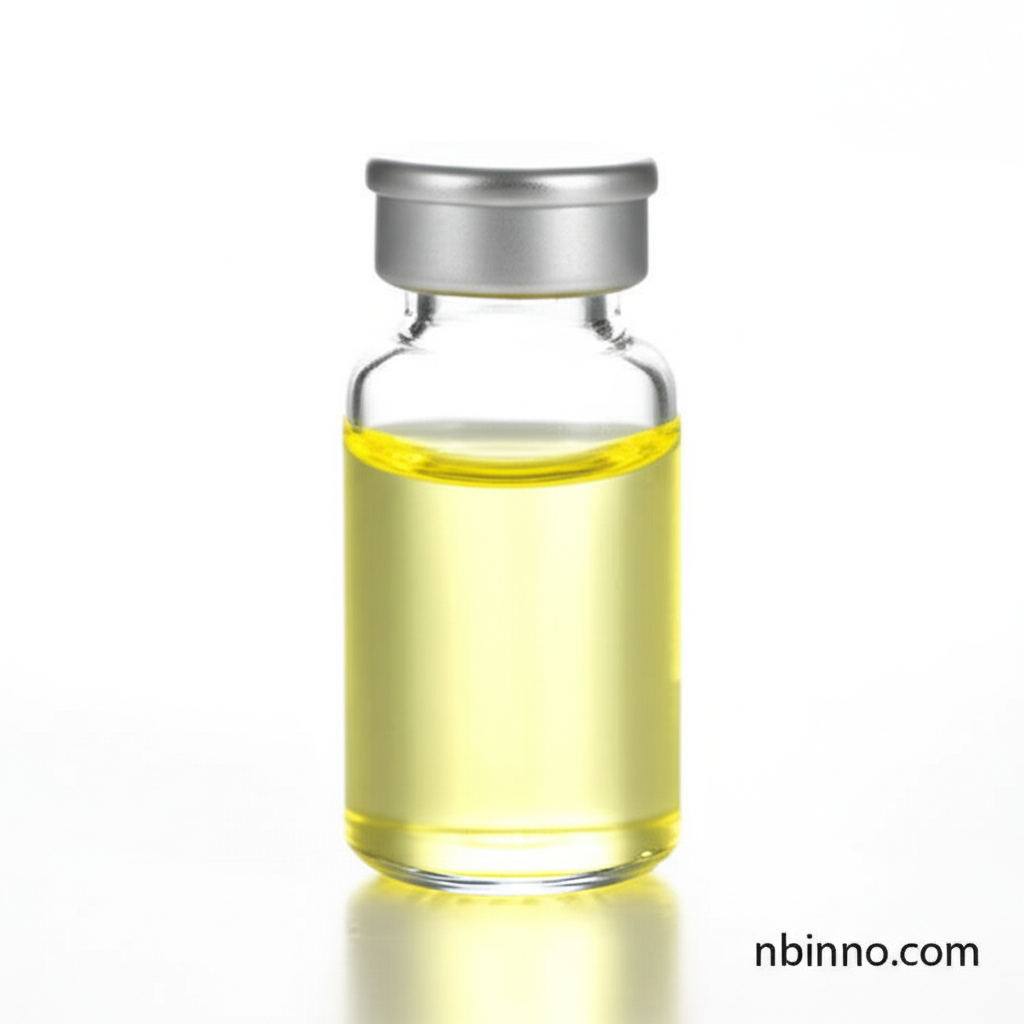Di(2-Ethylhexyl)Dichlorosilane: Key Properties and Applications
Explore the versatile uses and chemical characteristics of this important organosilicon intermediate.
Get a Quote & SampleProduct Core Value

Di(2-ethylhexyl)dichlorosilane
Di(2-ethylhexyl)dichlorosilane, a crucial organosilicon compound, serves as a vital building block in the synthesis of advanced silicone materials. Its unique structure allows for tailored properties in polymers and coatings.
- Explore the diverse Di(2-ethylhexyl)dichlorosilane applications in industrial manufacturing processes. This compound's reactivity makes it ideal for creating specialized silicone polymers.
- Understand the importance of Di(2-ethylhexyl)dichlorosilane properties for chemical synthesis. Its water sensitivity necessitates careful handling and storage.
- Learn about the role of organosilicon compound CAS 1089687-03-5 in developing hydrophobic surfaces. The 2-ethylhexyl groups impart excellent water repellency.
- Discover the benefits of using Di(2-ethylhexyl)dichlorosilane as a coupling agent. It enhances adhesion between organic and inorganic materials, improving product performance.
Key Advantages
Versatile Reactivity
The presence of two chlorine atoms on the silicon atom makes Di(2-ethylhexyl)dichlorosilane highly reactive, enabling its use in a wide range of chemical transformations and polymerizations, crucial for chemical intermediate CAS 1089687-03-5 applications.
Hydrophobic Properties
The long 2-ethylhexyl chains attached to the silicon atom provide significant hydrophobic characteristics, making this compound ideal for applications requiring water resistance and improved material durability.
Enhanced Adhesion
As a coupling agent, Di(2-ethylhexyl)dichlorosilane effectively bridges the interface between dissimilar materials, such as organic polymers and inorganic substrates, leading to stronger and more durable composite materials.
Key Applications
Silicone Polymer Synthesis
Di(2-ethylhexyl)dichlorosilane is a key precursor for synthesizing various silicone polymers, contributing to their thermal stability and mechanical properties. Researching Di(2-ethylhexyl)dichlorosilane synthesis pathways is vital for optimizing production.
Surface Modification
Its ability to form robust covalent bonds with surfaces makes it an excellent choice for surface modification, imparting hydrophobicity and chemical resistance to various materials. Exploring hydrophobic silicone precursors is a growing field.
Coupling Agent
In composites and coatings, it acts as a coupling agent, enhancing the compatibility and adhesion between organic resins and inorganic fillers, a key aspect of coupling agent mechanisms.
Chemical Intermediate
As a reactive chemical intermediate, it is used in the preparation of a wide array of organosilicon derivatives with diverse functionalities, highlighting its importance in the organosilicon compound CAS 1089687-03-5 market.
